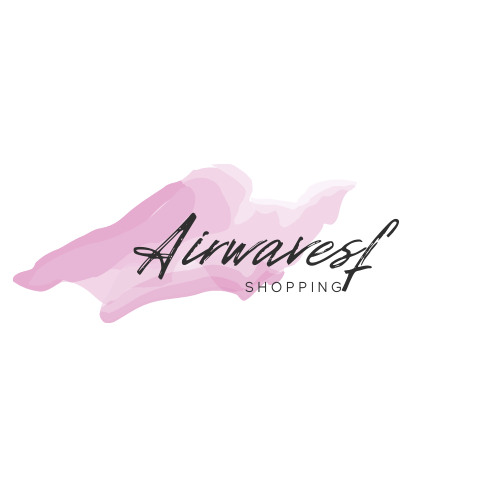Shopping for clothes is more than just a pastime; it's an opportunity to refine and express your personal aesthetic. With the right approach, you can transform your wardrobe into a collection that truly represents who you are and how you wish to present yourself to the world. In today's fast-paced fashion landscape, developing a strategic shopping methodology is essential for both style enhancement and sustainable consumption.
Understanding your personal style
Before diving into shopping techniques, it's crucial to understand what makes your style uniquely yours. Many fashion enthusiasts visit platforms like Effepi and other style blogs to gather inspiration, but the journey to personal style begins with self-awareness. Recognizing which colours, silhouettes, and fabrics make you feel confident is the foundation of mindful shopping.
Identifying fashion preferences that reflect your personality
Becoming an expert observer is the first step toward developing your fashion sense. Take note of outfits that catch your eye, analysing what specifically attracts you to them. Is it the colour combination, the way different textures play together, or perhaps the overall silhouette? This observation extends to your existing wardrobe as well. According to style experts, many women typically wear only 40 to 60 percent of their clothes, suggesting that we often purchase items that don't truly align with our authentic style.
Experimentation is equally important in discovering your preferences. Challenge yourself to try new styles and step outside your comfort zone occasionally. This doesn't mean completely reinventing your look, but rather gradually exploring options that might enhance your existing aesthetic. Style development is an evolving process that requires both observation and practical experience.
Creating a signature look whilst maintaining versatility
Many fashion connoisseurs advocate for creating a personal uniform the concept of identifying a consistent style formula that works for you. This approach simplifies decision-making and ensures you always feel comfortable in what you're wearing. However, maintaining some versatility within this framework allows you to adapt to different occasions and seasons without compromising your core aesthetic.
A capsule wardrobe exemplifies this balance perfectly. By curating approximately 15 essential pieces that coordinate well together, you can create numerous outfits while maintaining a cohesive style. This strategy encourages quality over quantity, focusing on timeless items rather than trend-driven purchases that quickly lose relevance.
Investing in quality wardrobe staples
Smart consumption forms the backbone of sophisticated style. Rather than succumbing to frequent shopping sprees, consider distributing your fashion budget throughout the year to acquire well-made pieces that will serve you for multiple seasons.
Selecting timeless pieces that offer longevity
Wardrobe management begins with honest assessment. The hanger trick turning hangers after wearing items to track what you actually use provides visual evidence of your genuine preferences. This awareness helps prevent redundant purchases and highlights gaps that might benefit from thoughtful additions.
When considering new acquisitions, prioritize repair potential. Quality garments can often be mended, extending their lifespan considerably. This approach not only saves money in the long term but also reduces environmental impact. For special occasions or experimental styles, rental fashion offers an excellent alternative to purchasing items you might wear infrequently.
The one-in, one-out rule maintains wardrobe equilibrium. For each new item that enters your collection, consider removing something that no longer serves you. This practice prevents accumulation and ensures each piece earns its place in your closet.
Balancing cost-per-wear when making purchasing decisions
Shopping strategically means considering when to shop online versus in physical stores. In-store shopping provides tactile experience and immediate fit assessment, particularly valuable when exploring new brands or styles. Taking mirror selfies while trying on clothes helps create distance between the excitement of shopping and the practicality of how items will integrate into your existing wardrobe.
Conversely, online shopping often offers superior selection and the ability to compare options methodically. Reading product descriptions, reviewing size guides, and checking return policies contribute to informed purchasing decisions. Following influencers with similar body types or style preferences can provide realistic previews of how garments might look on you.
Brand exploration keeps your style fresh and prevents staleness. While loyalty to brands that consistently work for you makes shopping efficient, periodically investigating new labels introduces variety and potential discoveries. When evaluating potential purchases, consider both immediate appeal and long-term utility. The cost-per-wear calculation divides the price by the anticipated number of uses, offering perspective on the true value of an investment piece versus a trendy item with limited wearability.

